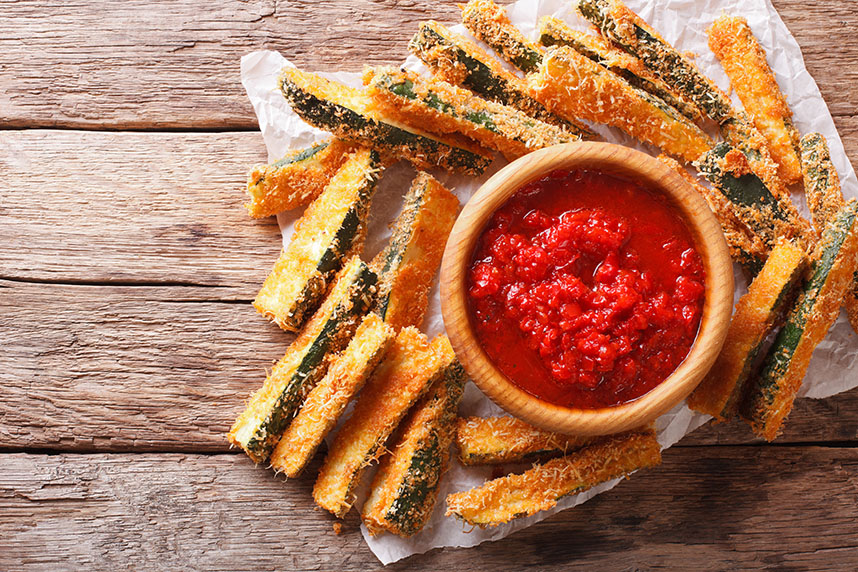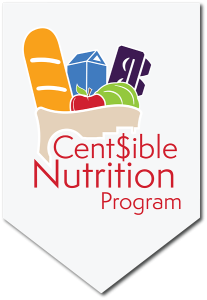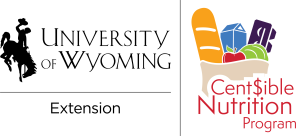Cent$ible Nutrition News • February 2021 • Volume 25 | Number 5
Make every bite count. That is the new message from the 2020-2025 Dietary Guidelines for Americans. It seems like a simple message, but how do you make every bite count?
Making every bite count means consuming the foods and drinks that benefit our long-term health. The research used to create the dietary guidelines shows that Americans do not eat enough of the foods that benefit our health. Instead, we eat too many of the foods that can increase the risk of health problems. This is where the idea of make every bite count comes in.
To make every bite count, think three things:
- Choose nutrient-dense foods and beverages
- Add variety
- Remember portion size
Nutrient-dense foods are things like fruits, vegetables, whole grains, low-fat dairy, and lean protein. These foods provide nutrients our bodies need to be healthy and are low in added sugars, saturated fat, and sodium. These three nutrients are commonly found in chips, fried foods, fatty meats, butter, cakes, and cookies. Eating too much sugar, saturated fat, and sodium can increase risks for chronic diseases.
The dietary guidelines recommend that 85% of our daily calories come from nutrient-dense foods. It is a good idea to eat of variety of foods from MyPlate to get all the nutrients you need. Remembering portion size is also important for all foods, but especially for foods high in sugar, saturated fat, and sodium. The dietary guidelines recommend that 15% or less of daily calories come from these foods. This means that while most of our food choices should be nutrient-dense, there is still room for small treats once in a while.
If you are not sure how to make every bite count, think about some simple switches for your meals and snacks:
- Try whole fruit instead of candy and sweets for snacks or dessert
- Try whole-grain crackers instead of chips
- Add a vegetable to lunch or dinner
- Try oatmeal instead of sugary dry cereal
- Ask for a side salad instead of French fries
- Pick low-fat cheese, milk, and yogurt
- Choose low-sodium soups, sauces, and canned goods
For more information on making every bite count, sign up for CNP classes or visit MyPlate.
Download this newsletter as a PDF.
February's Feature Recipe

Zucchini Fries
In the Kitchen with CNP
Every month on Facebook, CNP focuses on a different food. This month, CNP is sharing peanut butter facts, recipes, and more. Check out In the Kitchen with CNP to learn more!

